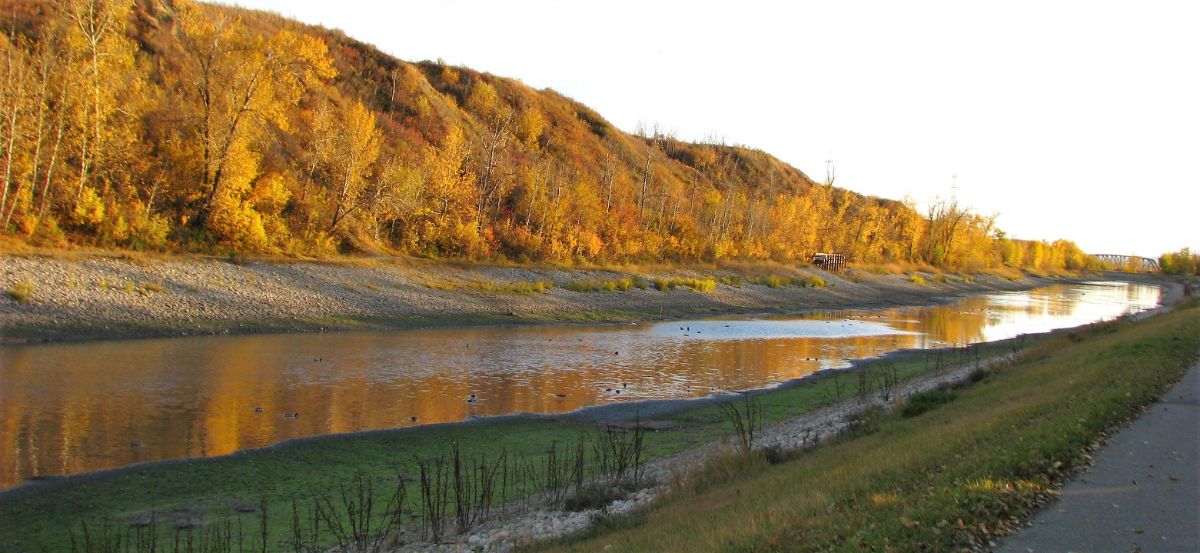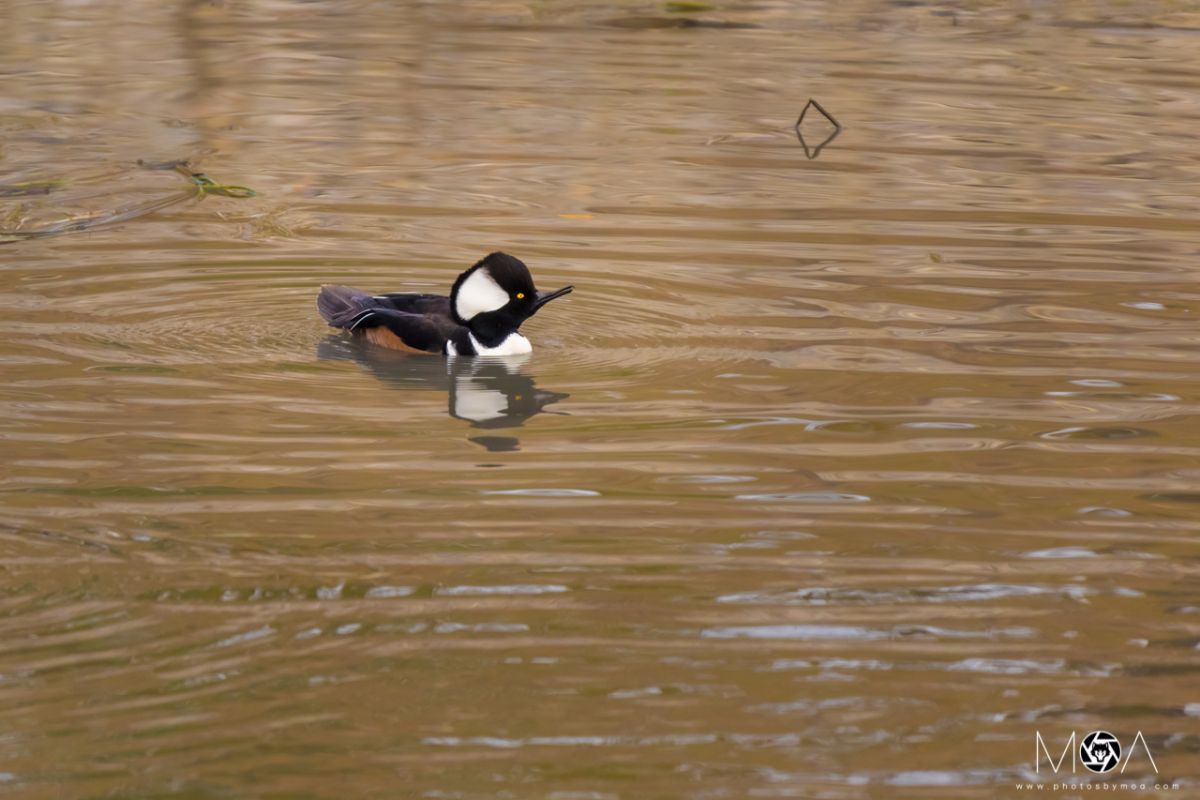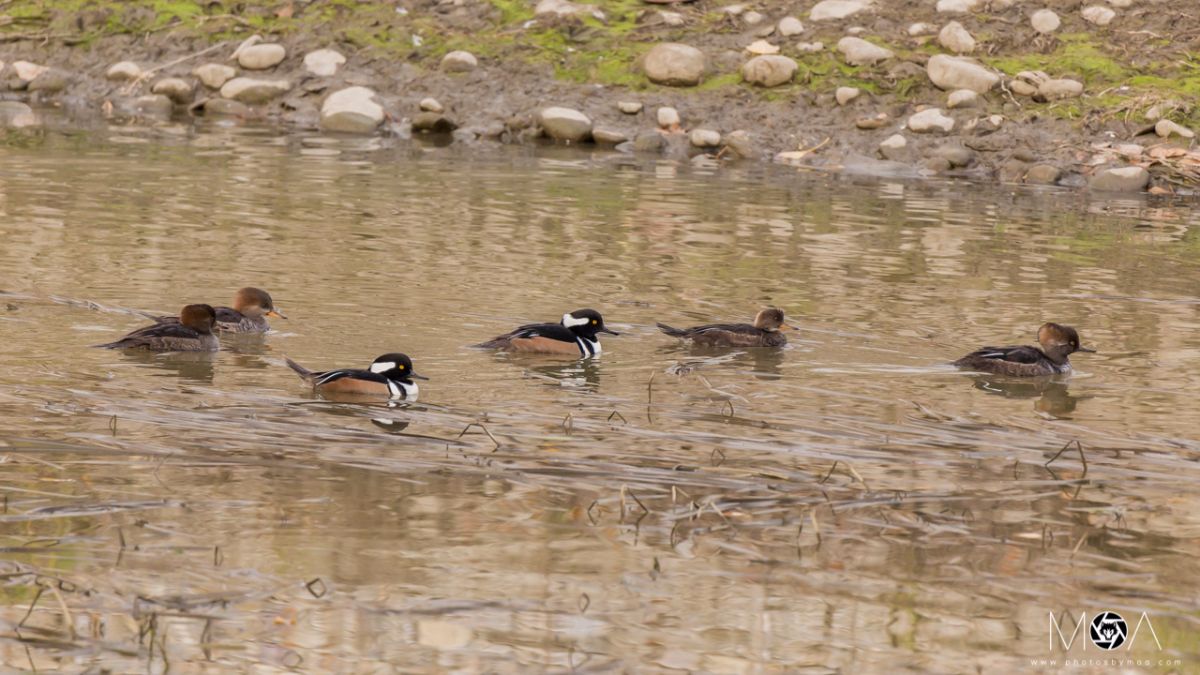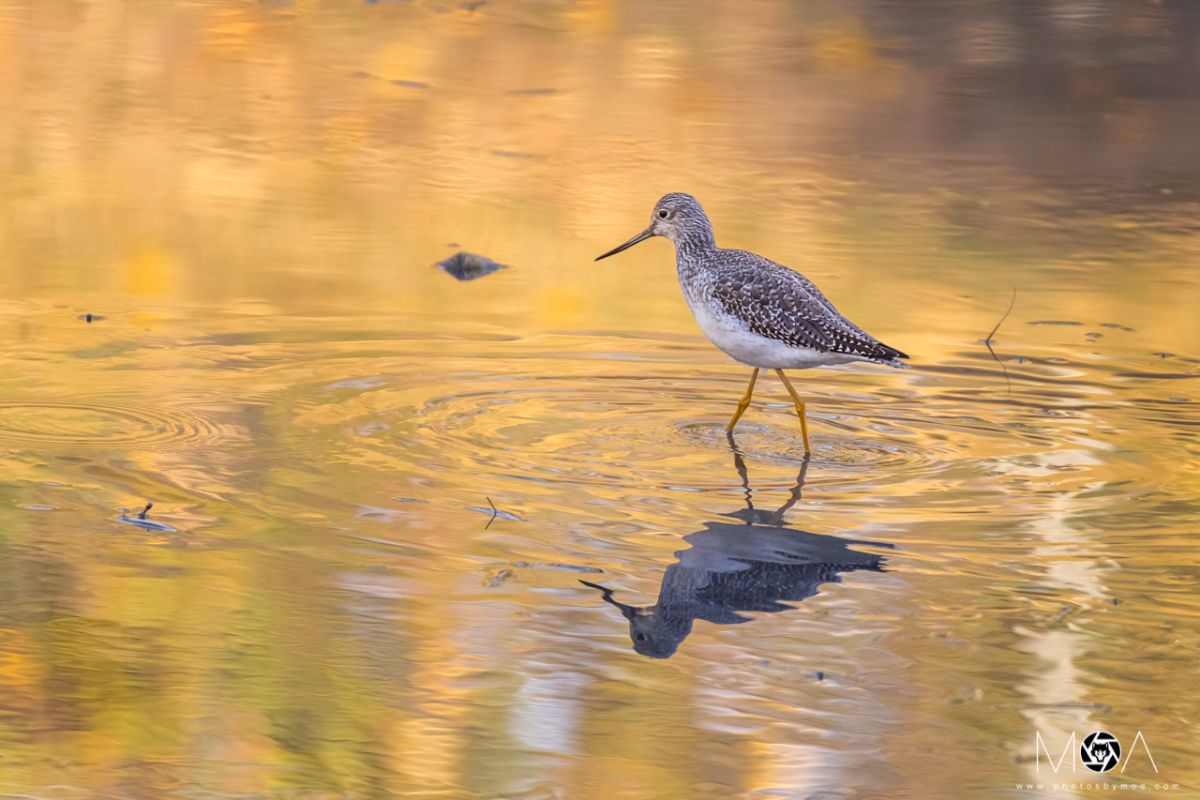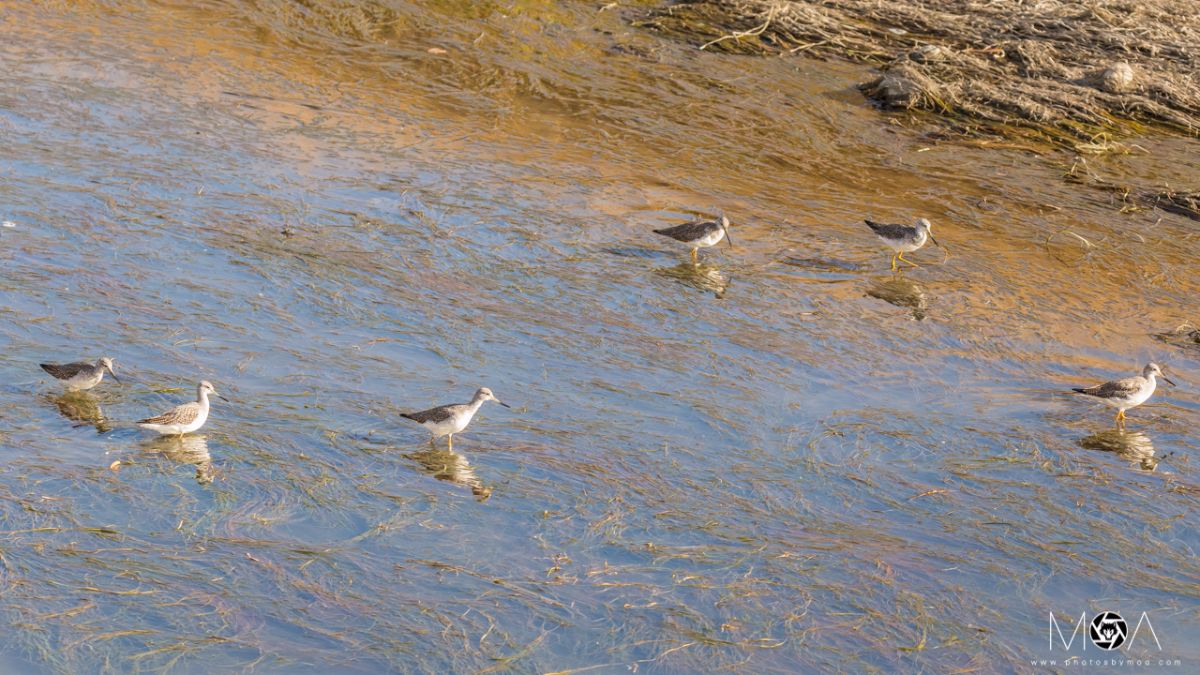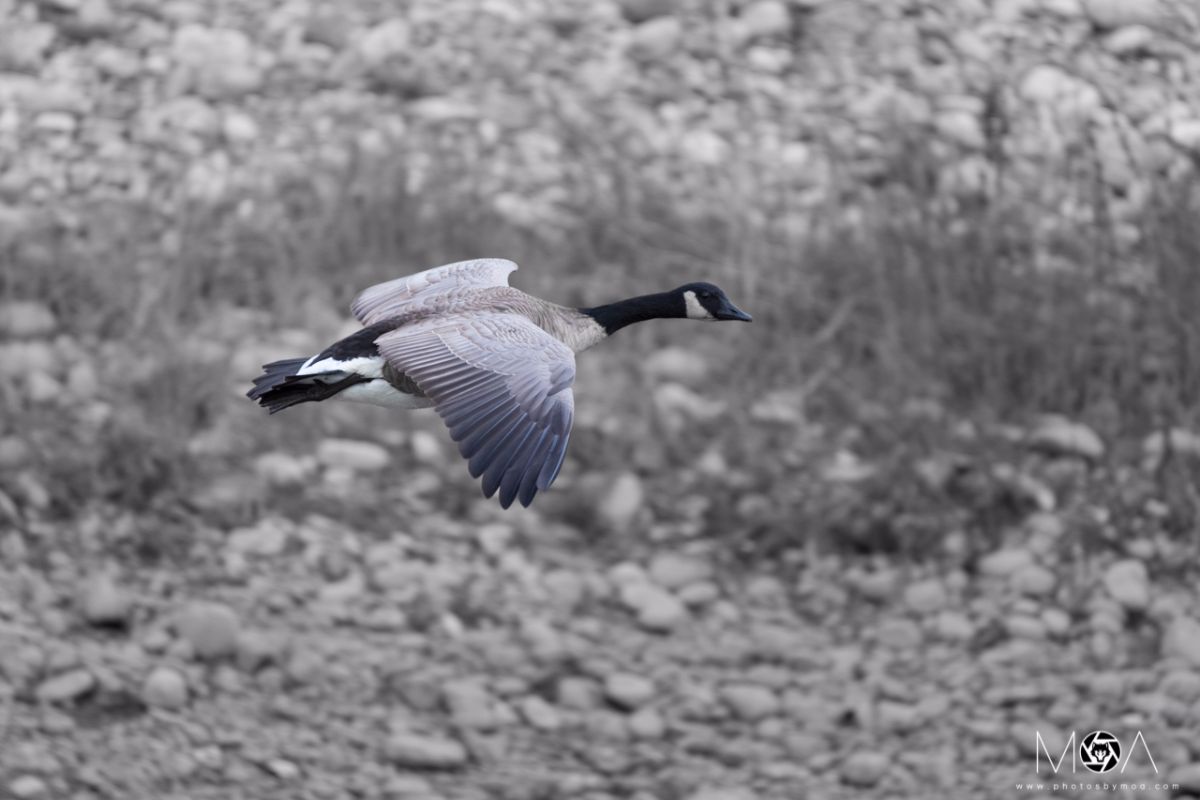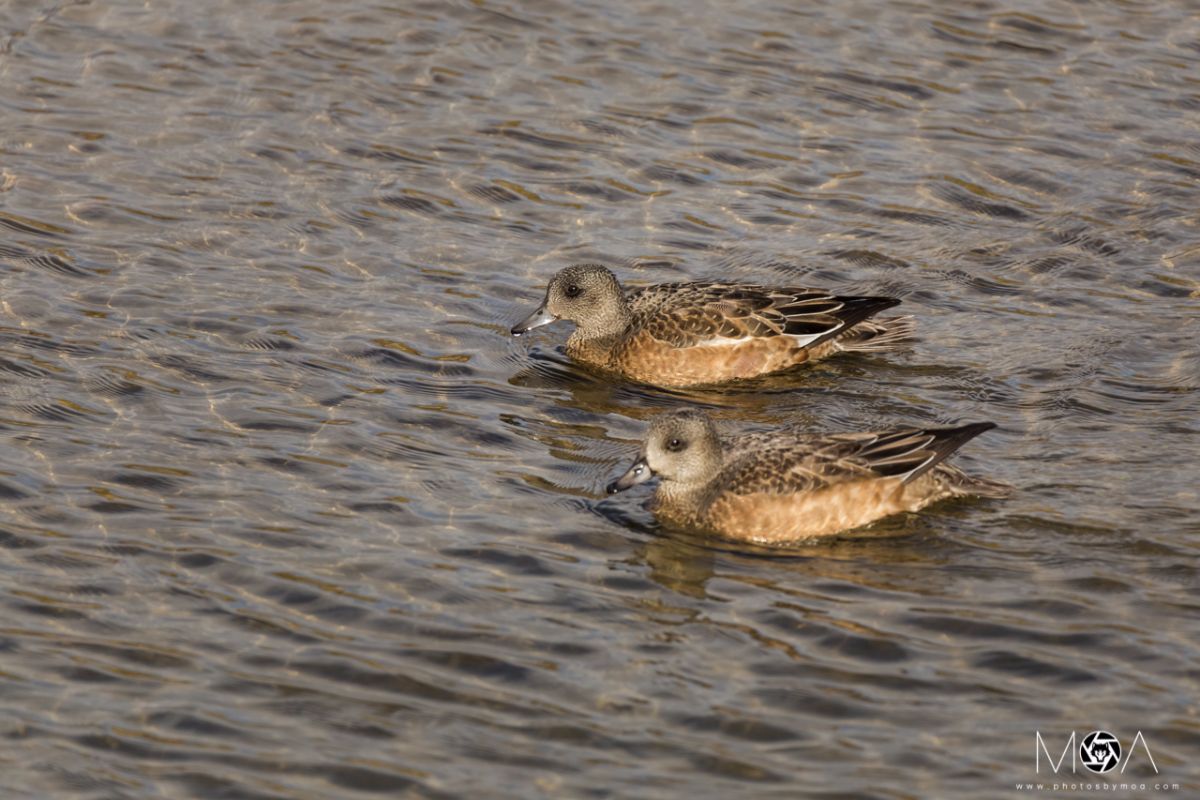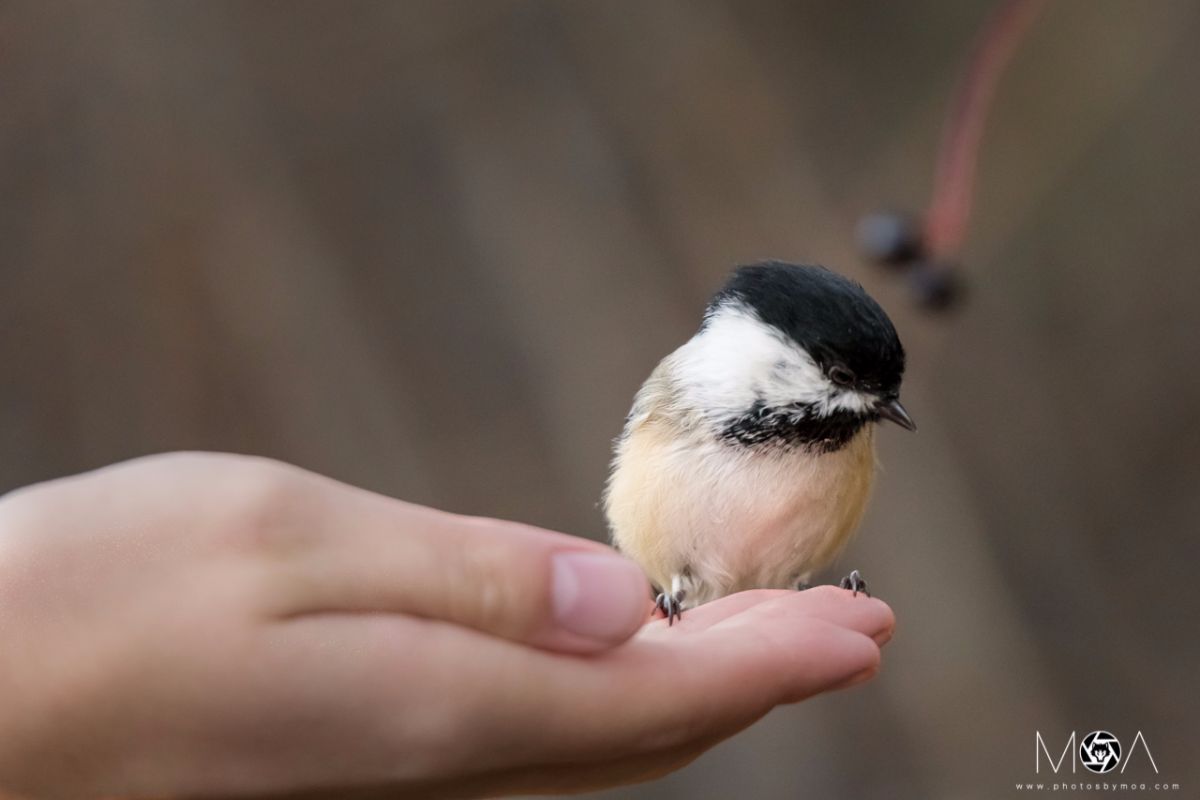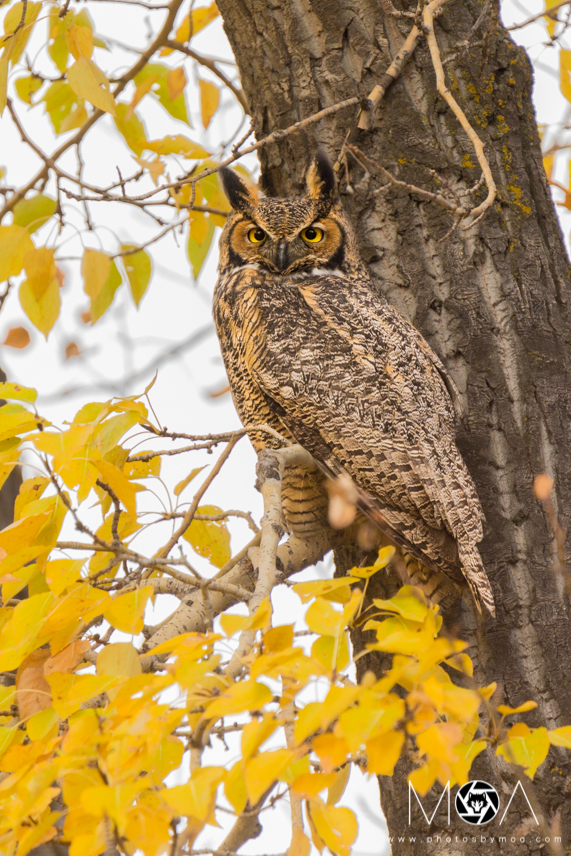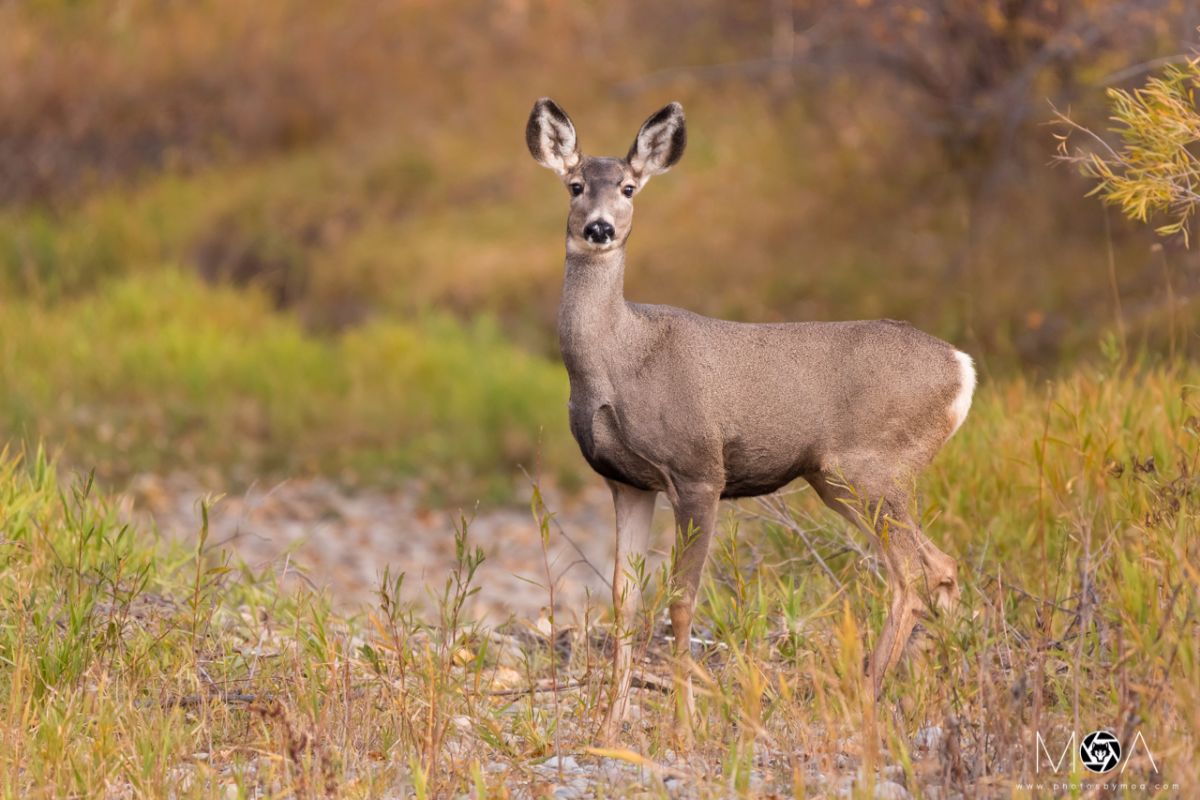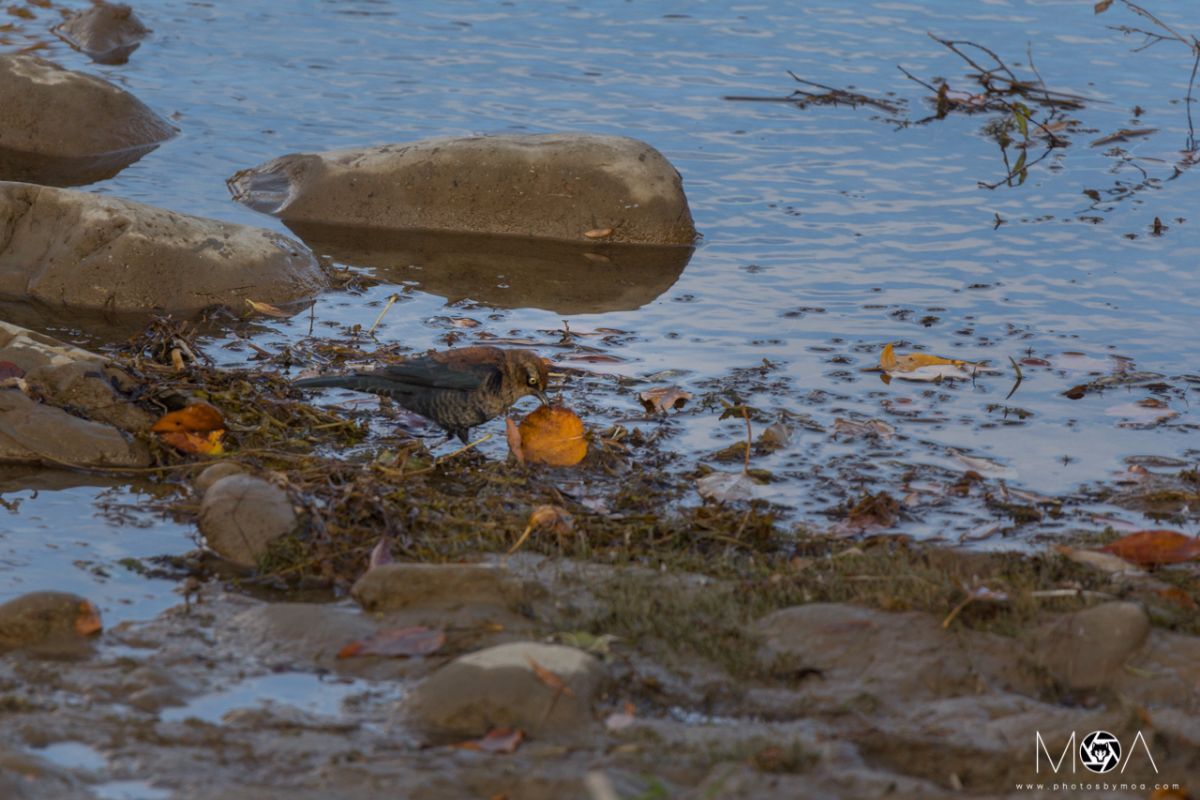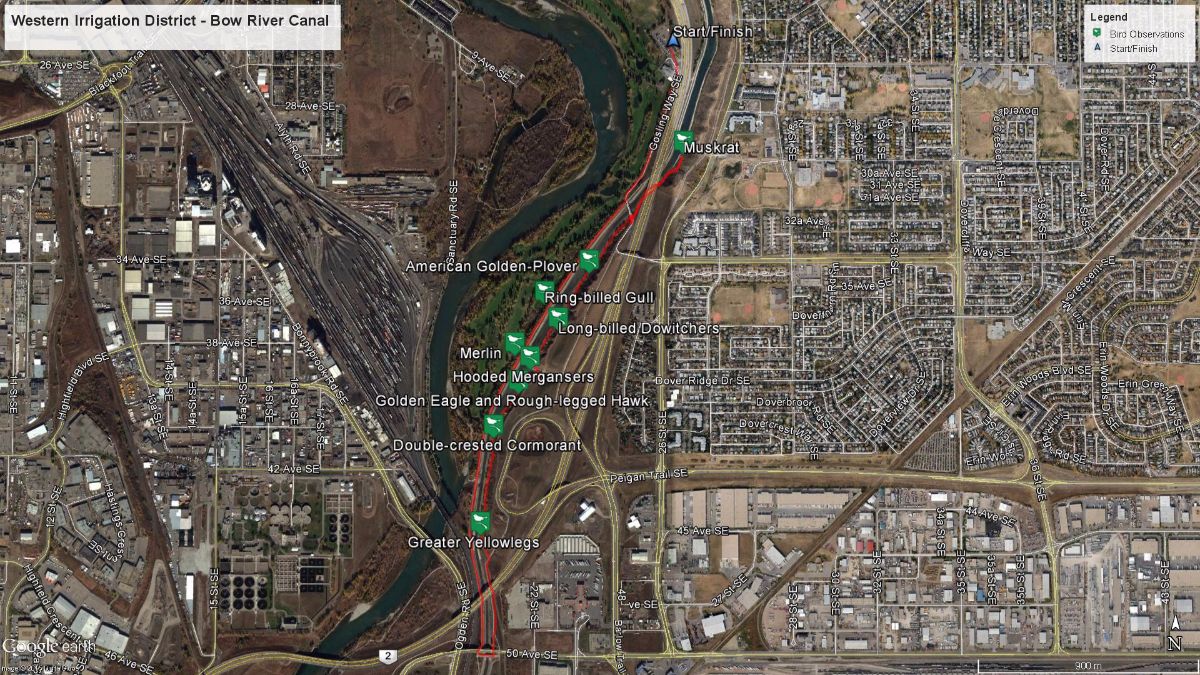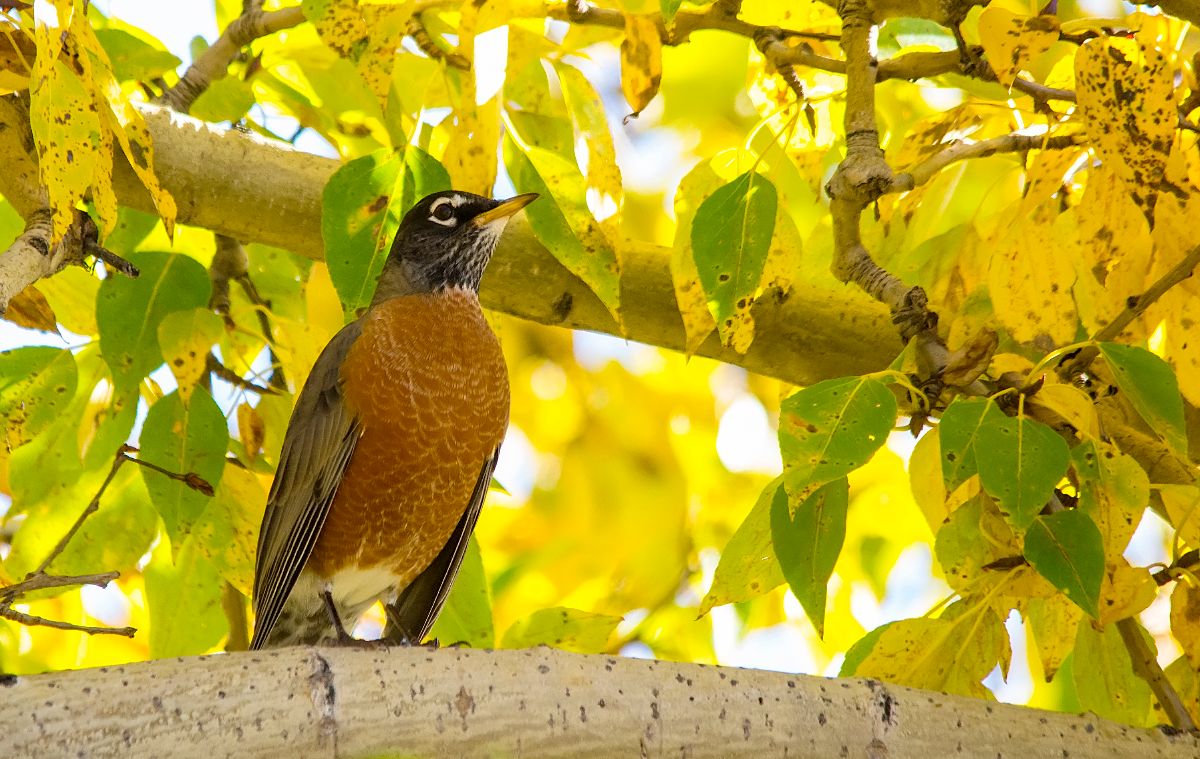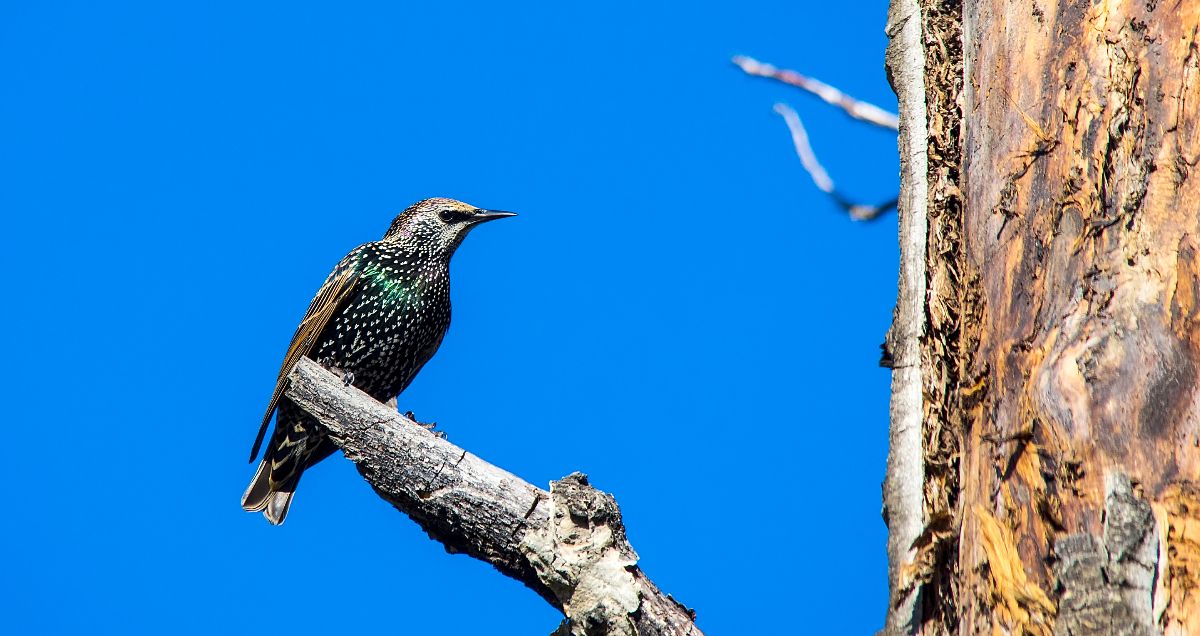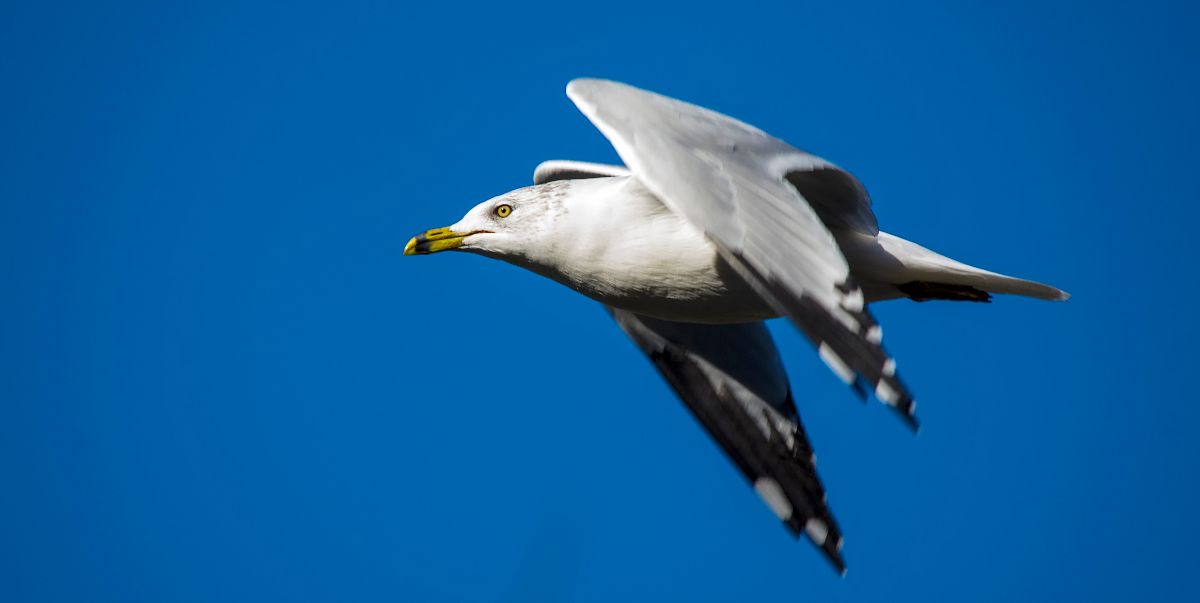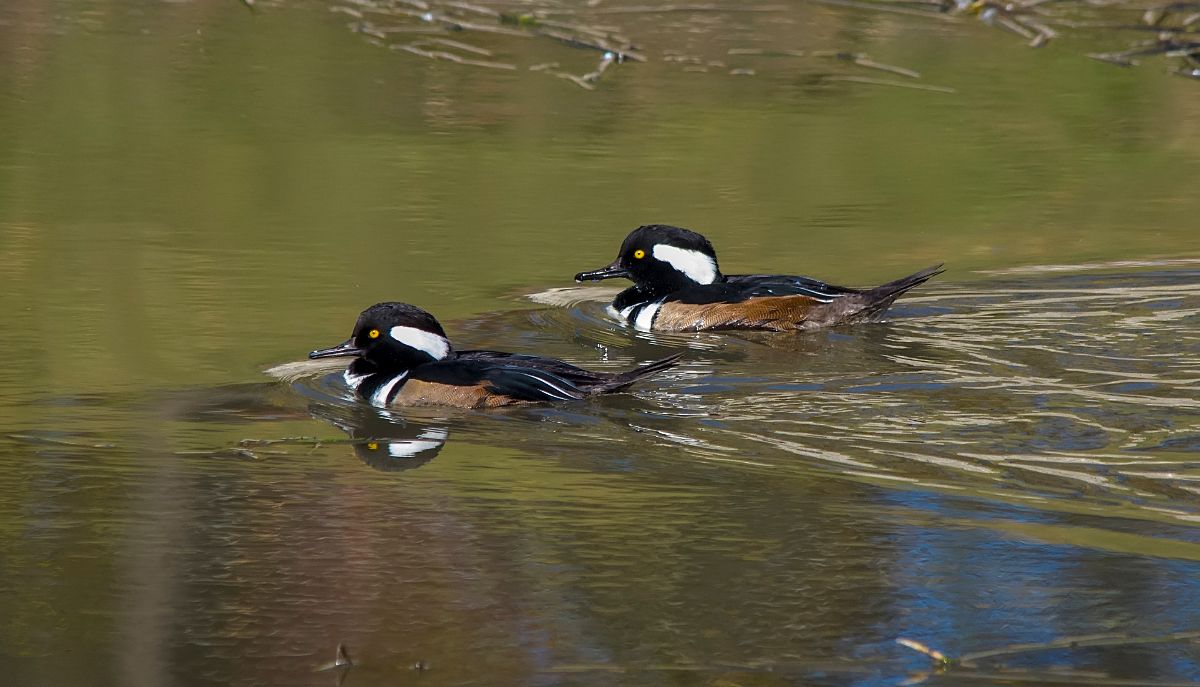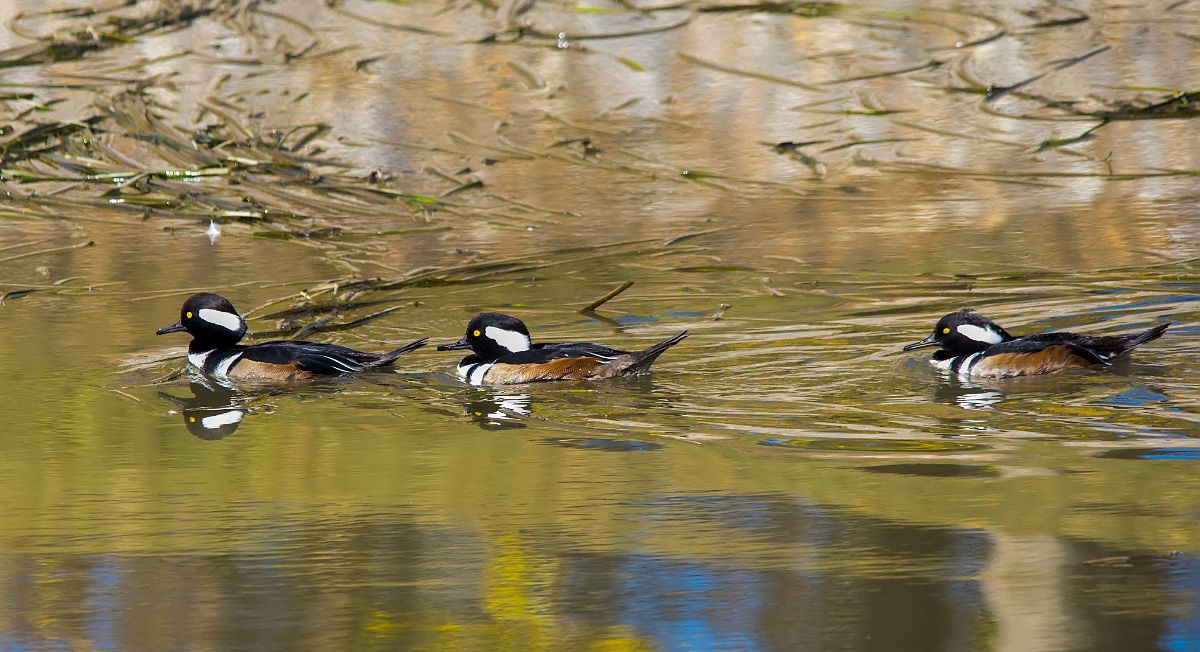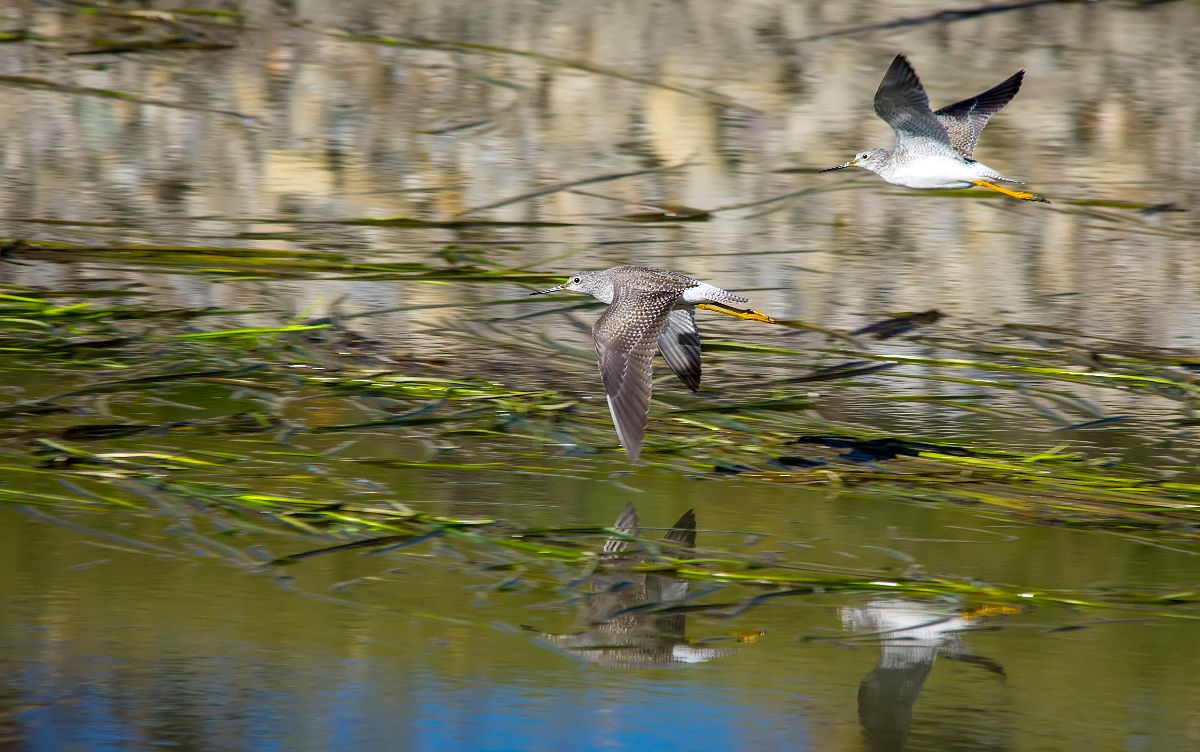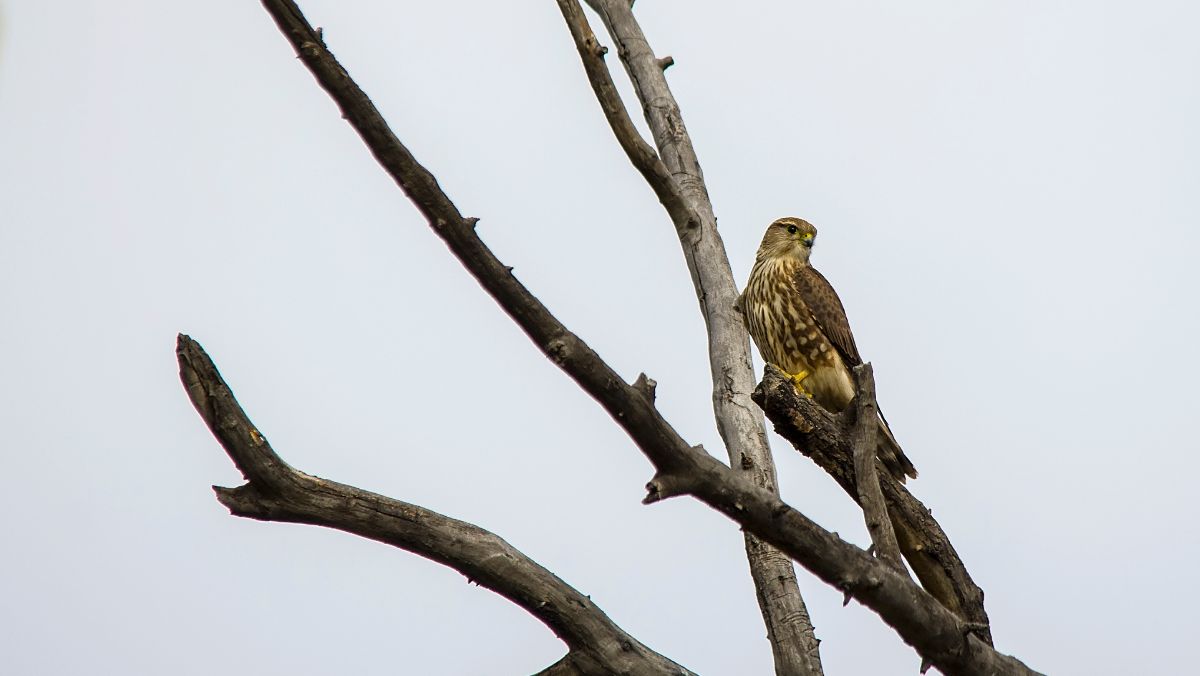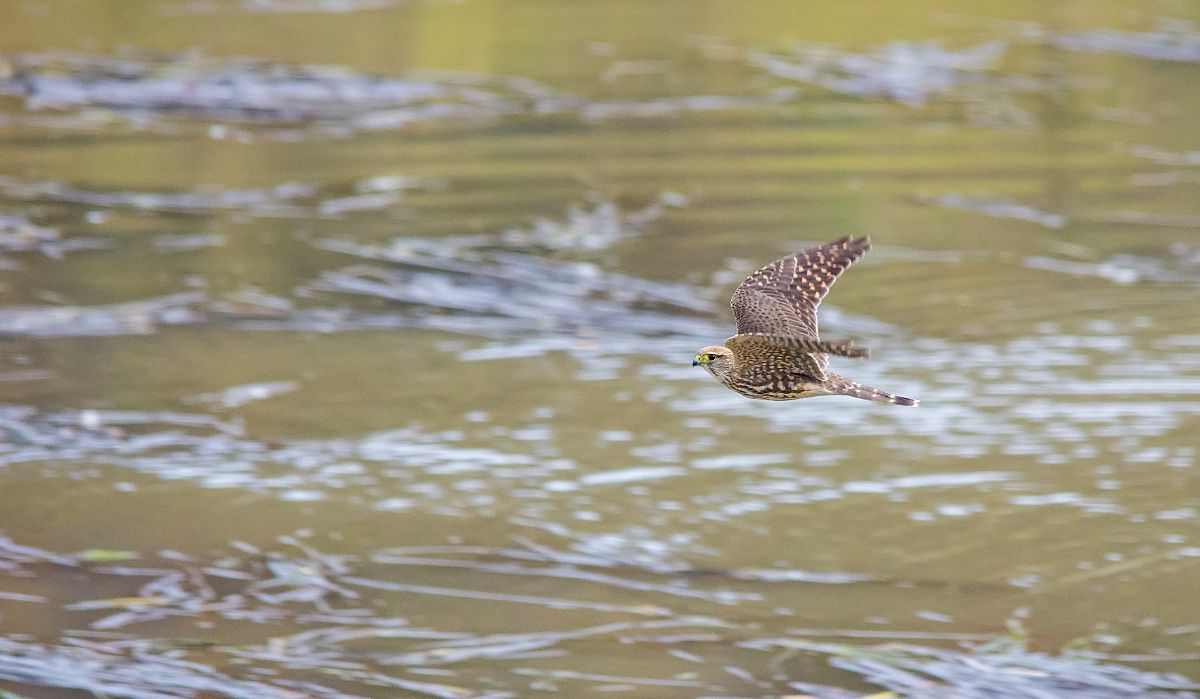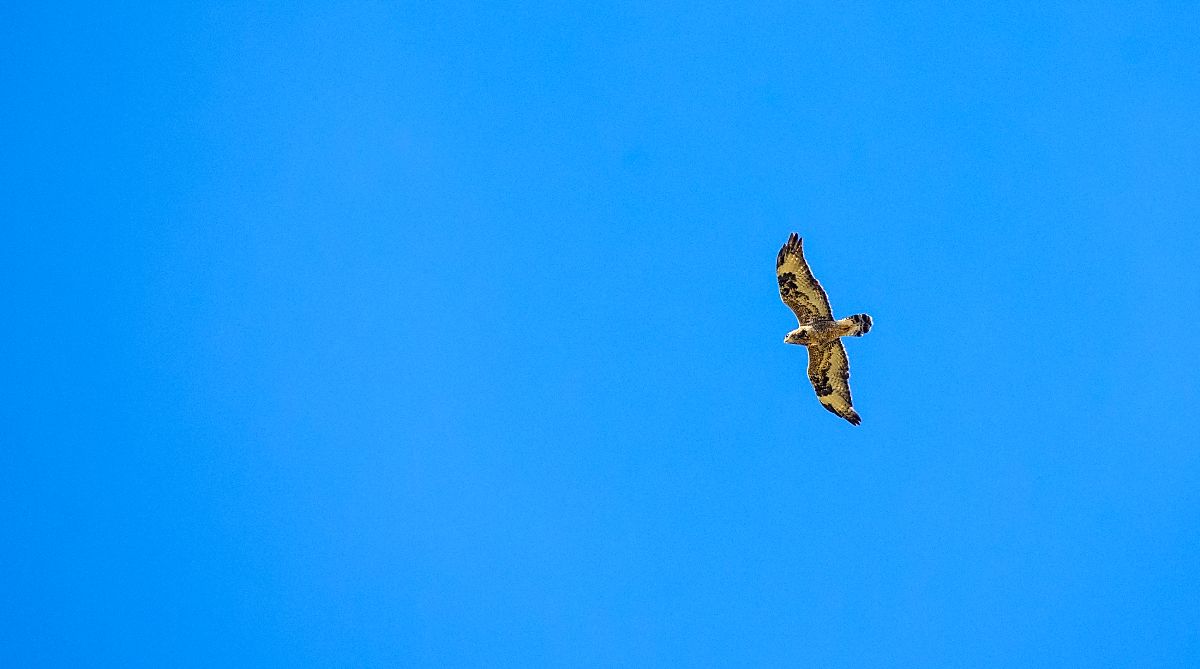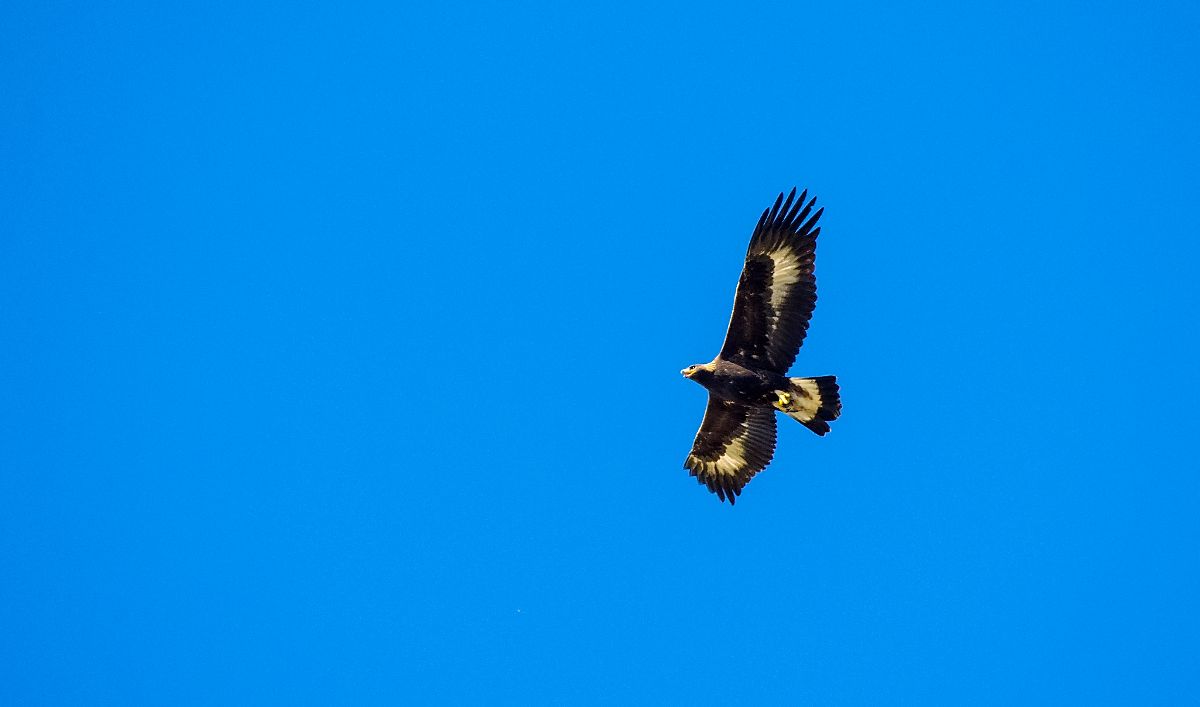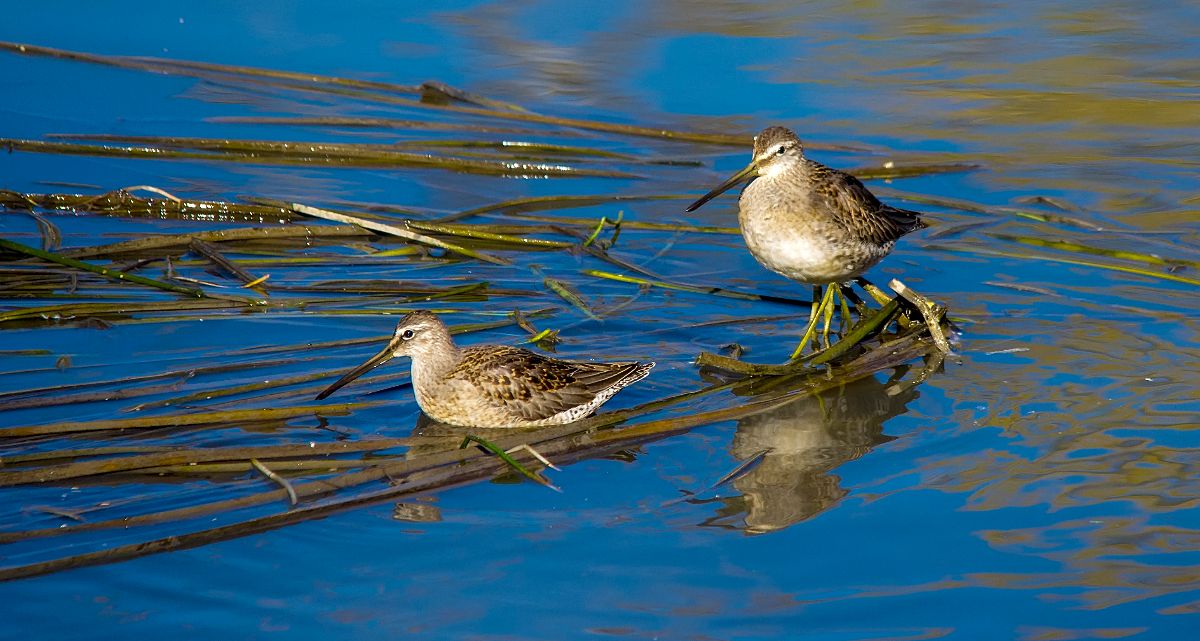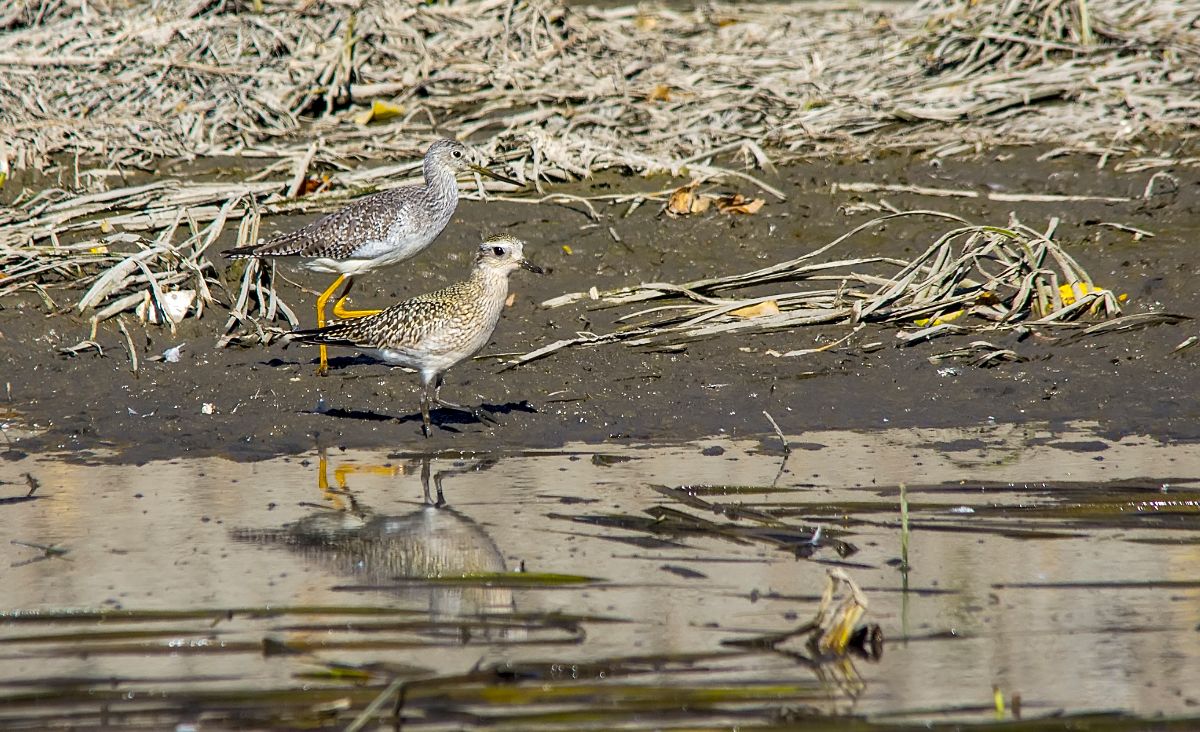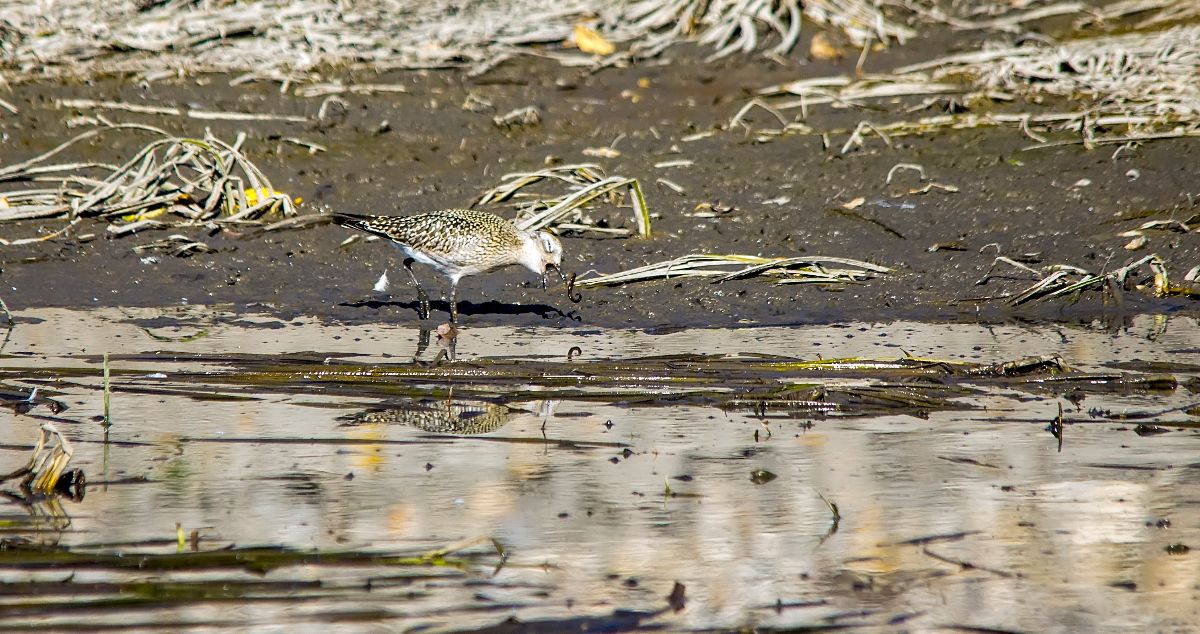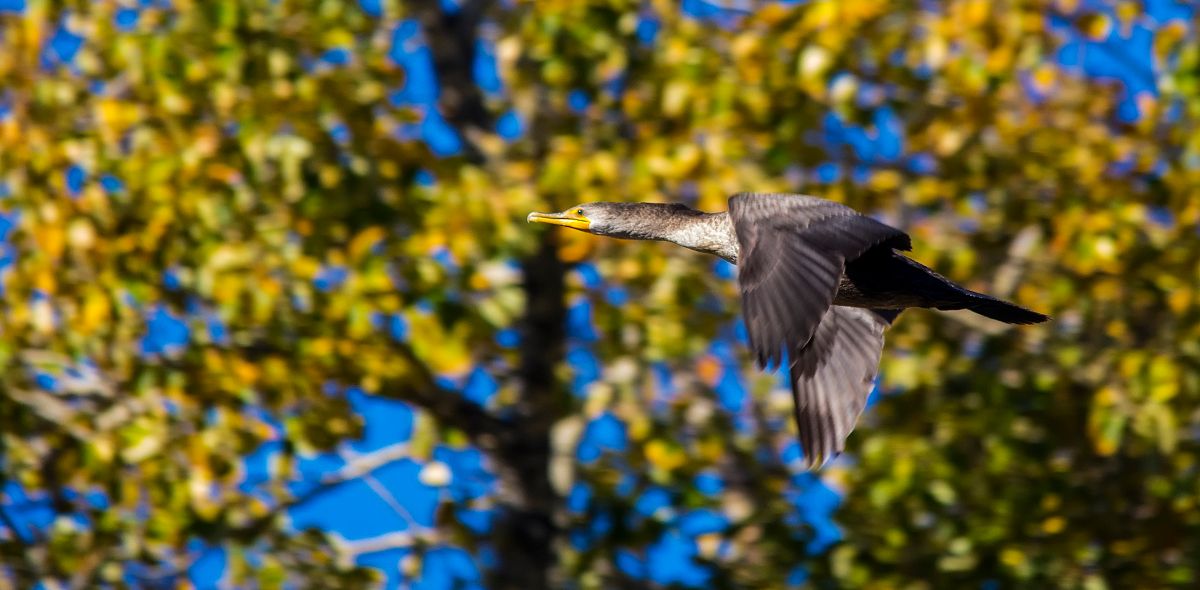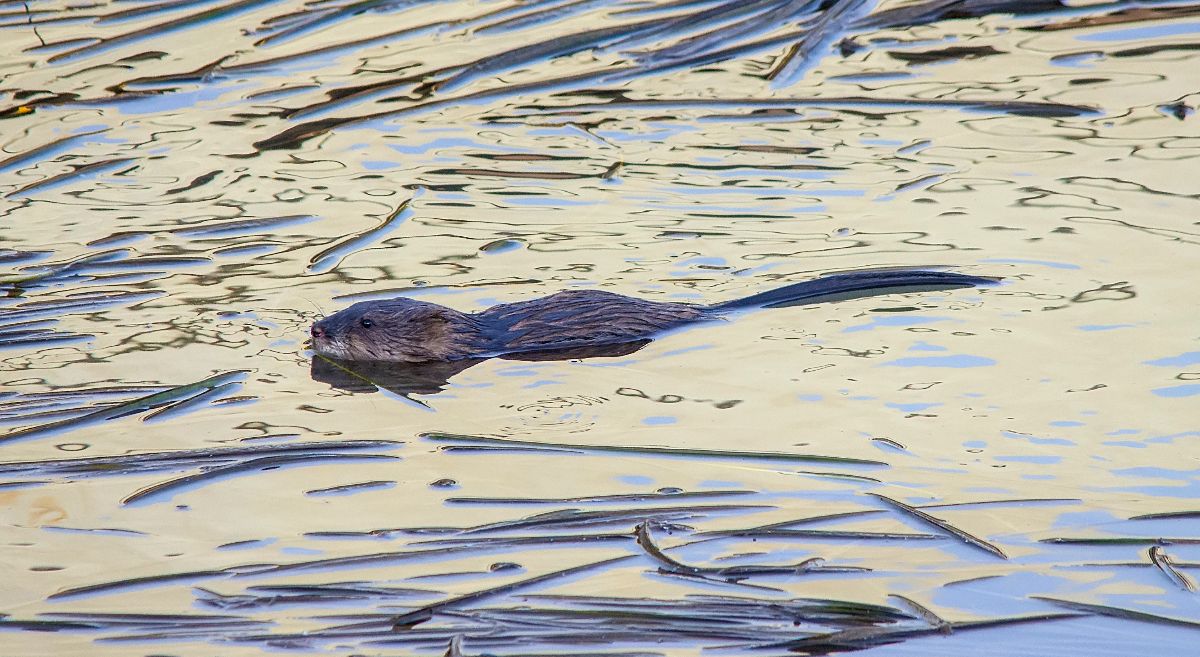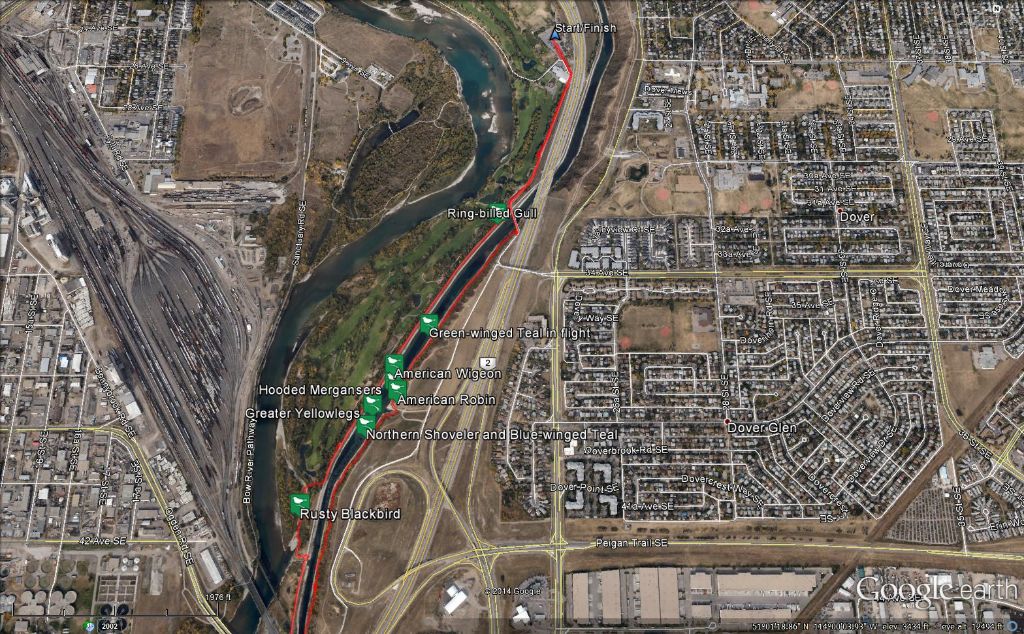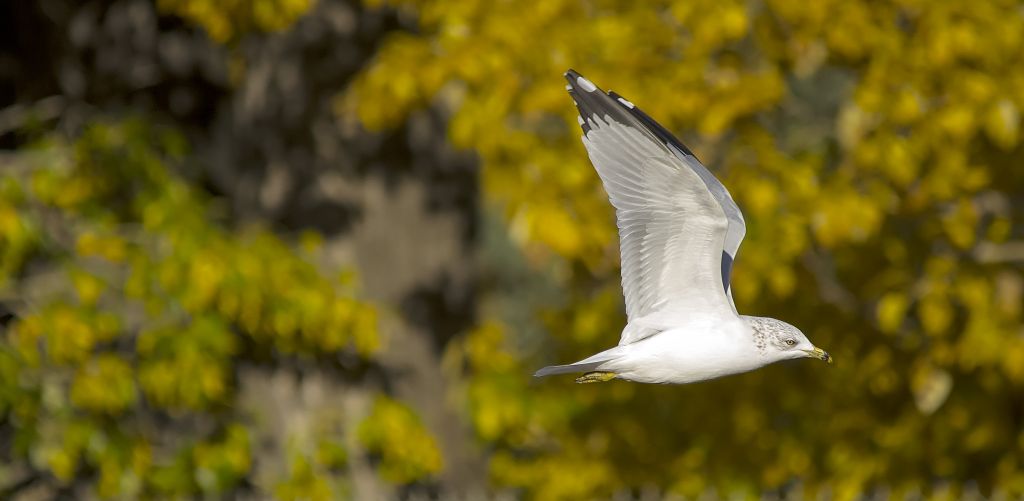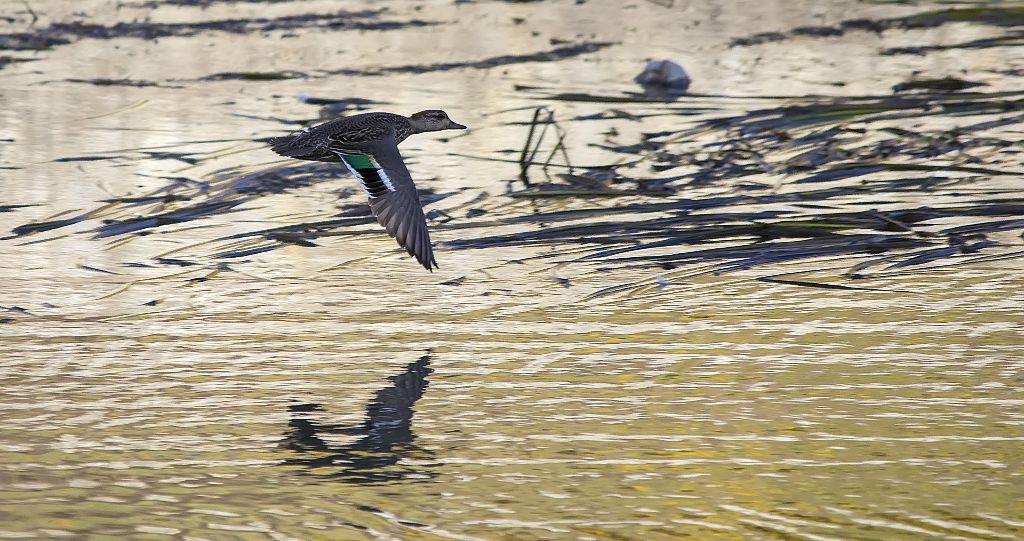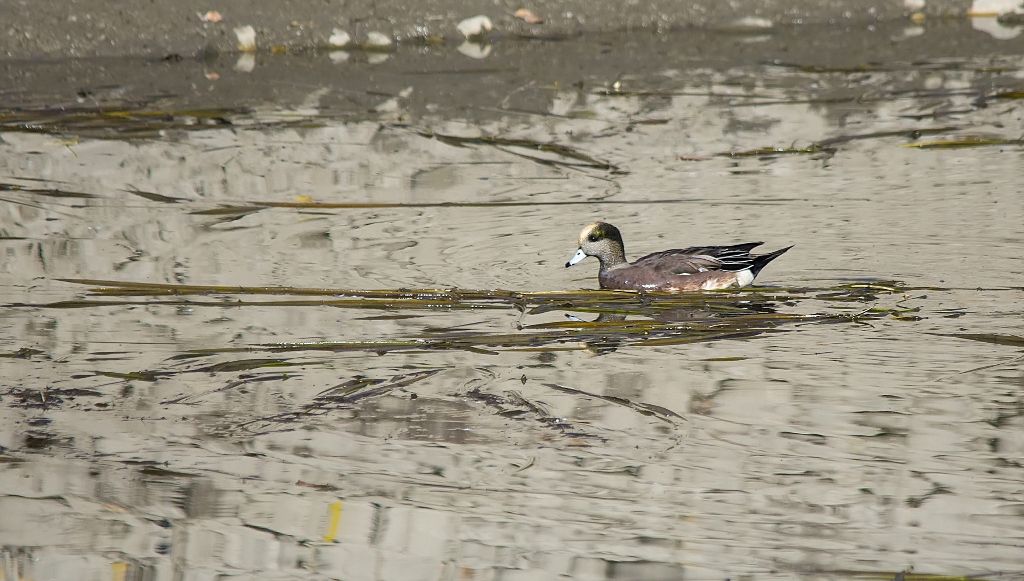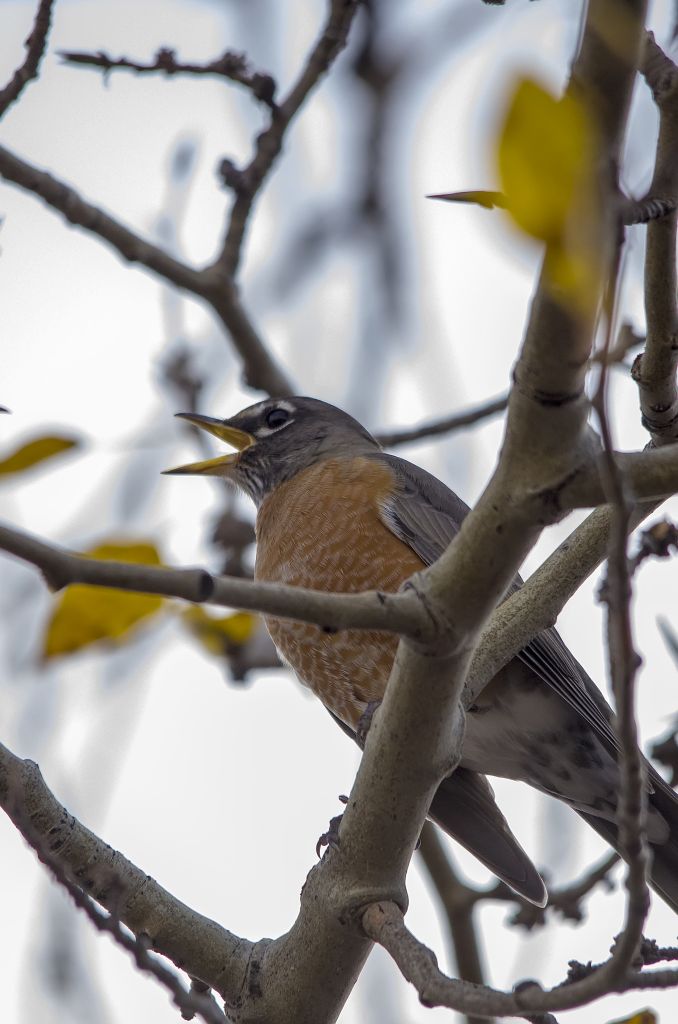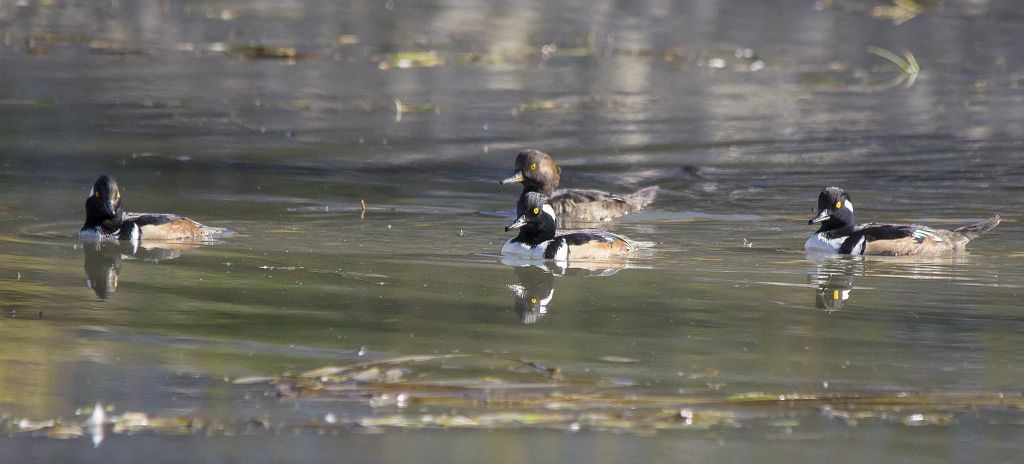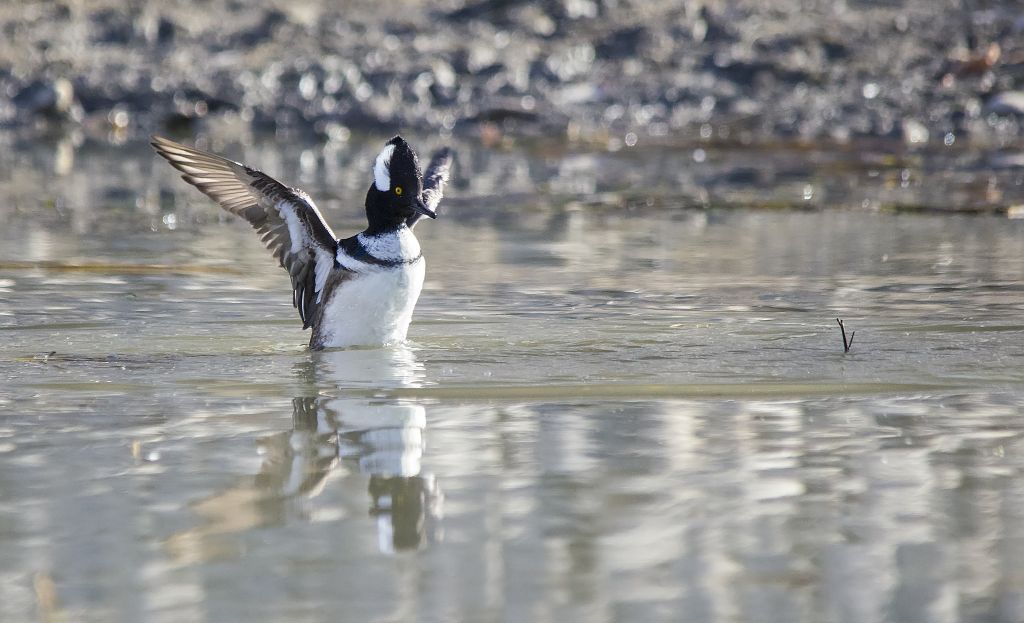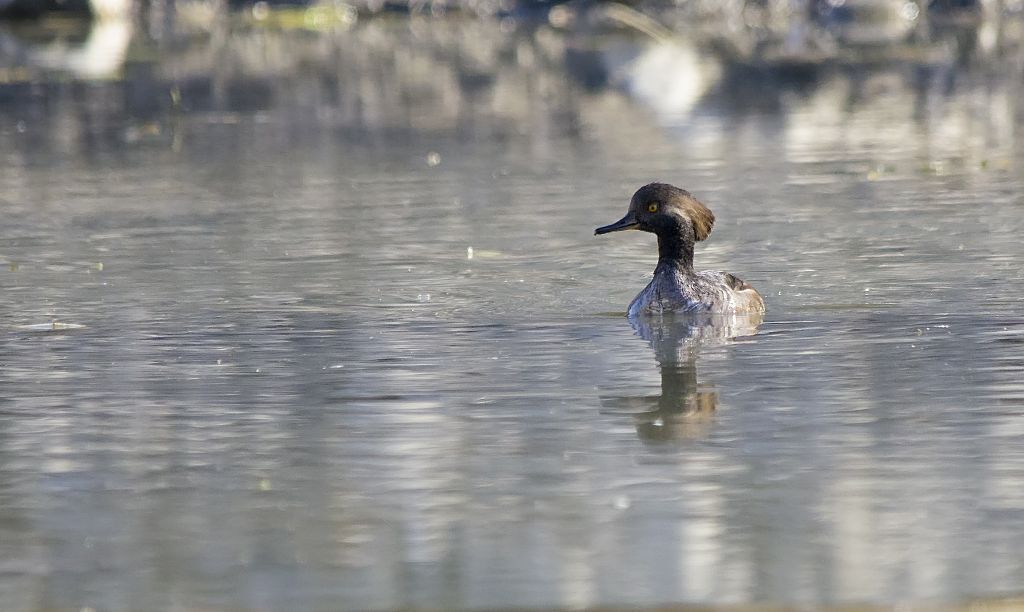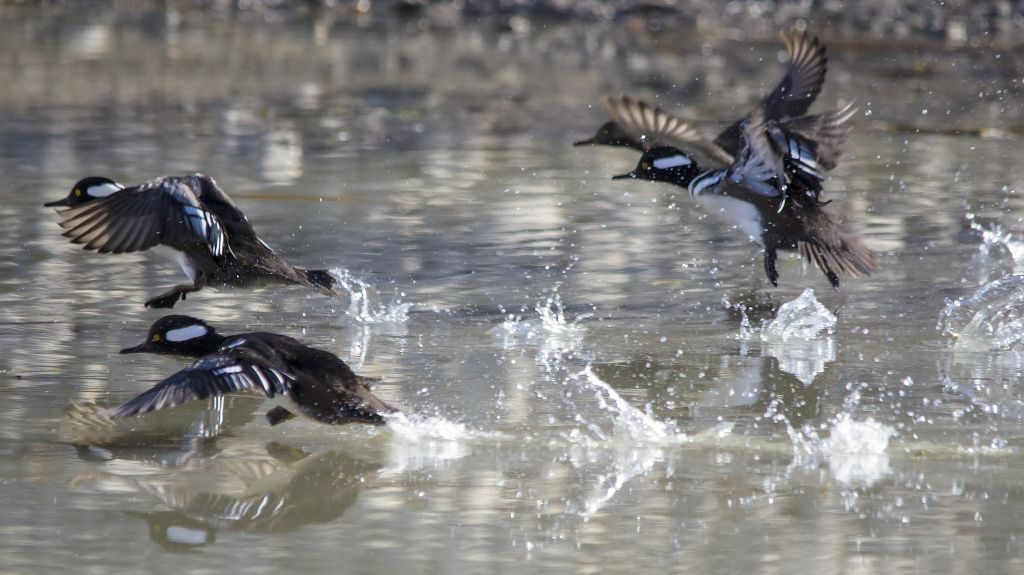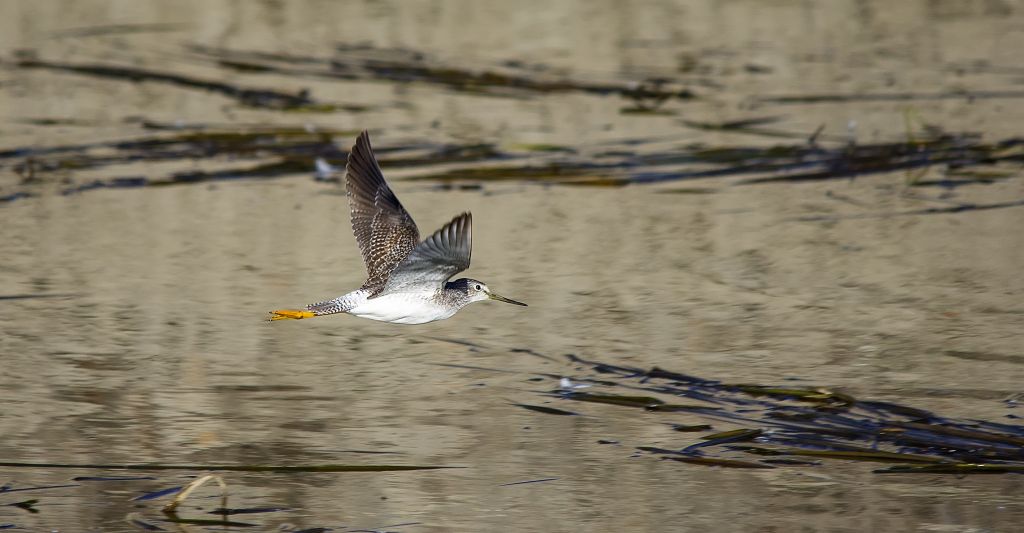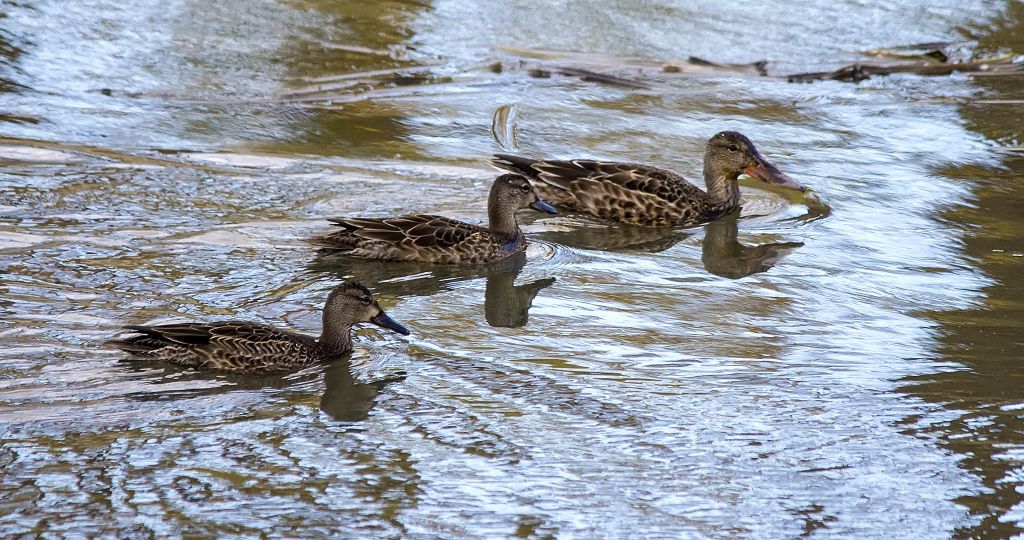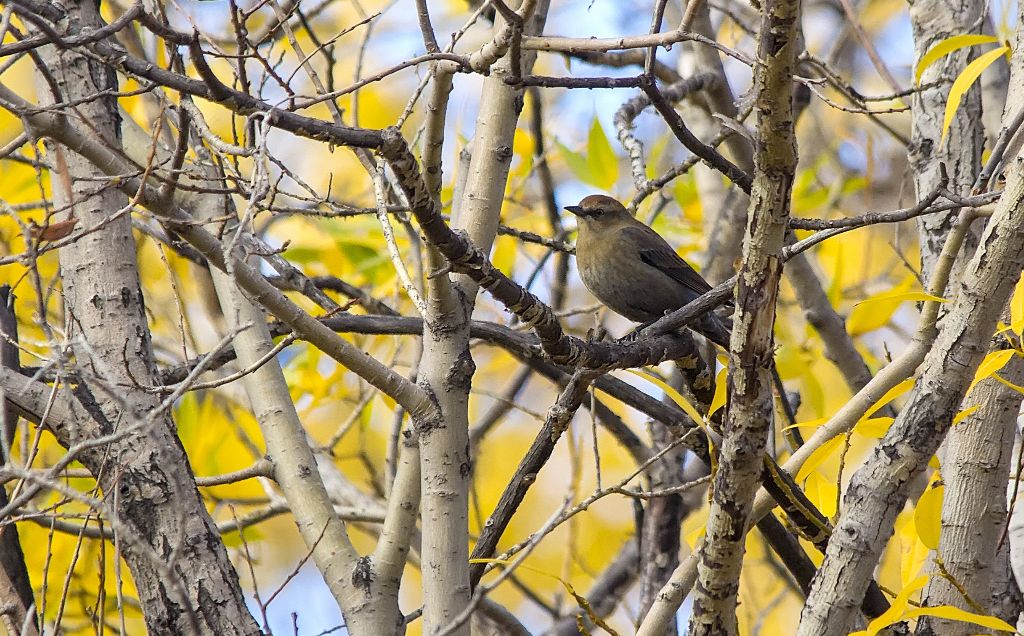Posted by Dan Arndt
One of the highlights of the fall season is the exploration of the Western Irrigation Canal pathway, and this year’s visit was no exception. With warmer temperatures than we’d had the past week, clear skies, and a good variety of birds, it was a hit with the relatively small group we had.
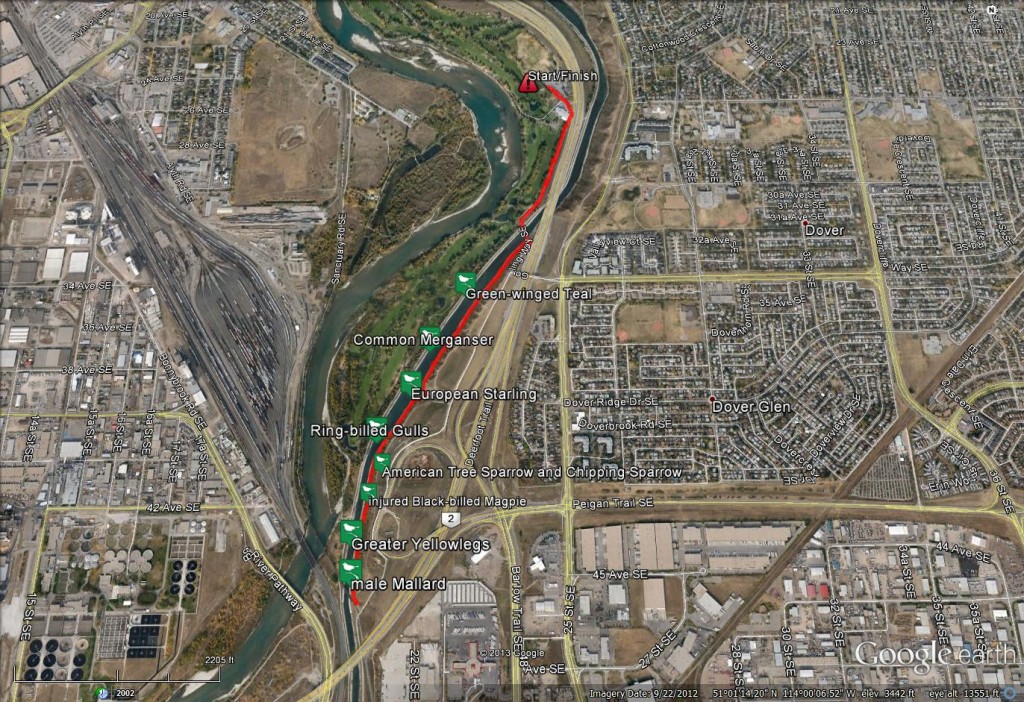
Western Irrigation Canal
To my eyes, the most persistent bird through the trip was the Greater Yellowlegs, though as we began the walk, the light didn’t particularly give us good opportunities to get them at their best, so it took a while before the shutter clicks and long, lingering looks at potentially the last shorebirds of the season really began in earnest. While earlier in the week there had been a good variety of waterfowl, our diversity was relatively minimal, with these Green-winged Teal showing off their namesake, and their vibrant colors.
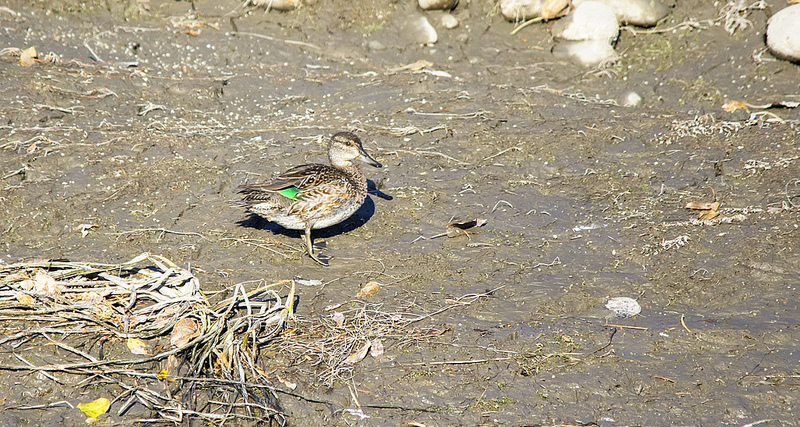
female Green-winged Teal
Pentax K-5 + Sigma 150-500@500mm
1/800sec., ƒ/6.3, ISO 400
Another of the surprisingly attractive birds was this young European Starling, showing off a little iridescence in the early morning light. While they’re also on their way out of the area, they’ve really come into their beautiful, bright, and striking colors. It’s been said that if these birds were rare, people would come from miles around just to get a look at them!
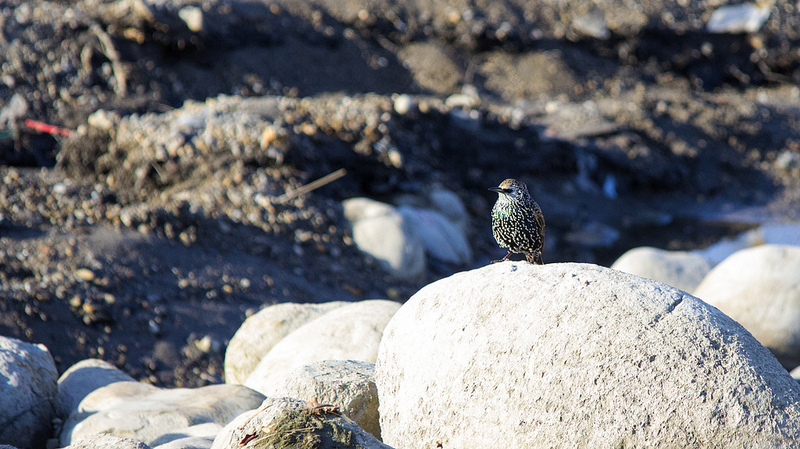
European Starling
Pentax K-5 + Sigma 150-500@500mm
1/1000sec., ƒ/6.3, ISO 1600
As we entered the wooded area near the south end of the canal pathway, we heard the chip notes of a few sparrows, juncos, and even a Yellow-rumped Warbler or three, and were greeted with one distinct sparrow, and one bird that remained a mystery for a good five minutes while we considered the possibilities. The first was a beautiful American Tree Sparrow, with its distinct red cap, bi-colored bill, and gray face skulked about in the shade, and flew off after only a minute or so.
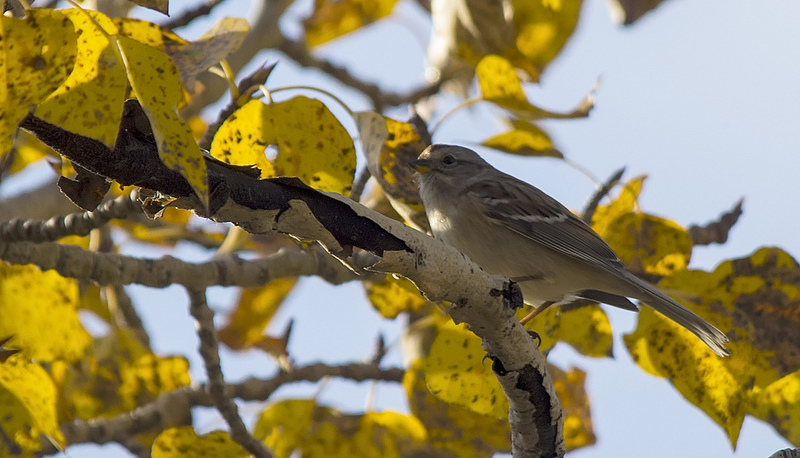
American Tree Sparrow
Pentax K-5 + Sigma 150-500@500mm
1/800sec., ƒ/6.3, ISO 250
The American Tree Sparrow was intermingling with a pair of these slightly smaller, and a little more plain birds, which we eventually came to the conclusion were immature Chipping Sparrows, which hadn’t quite fully entered breeding plumage.
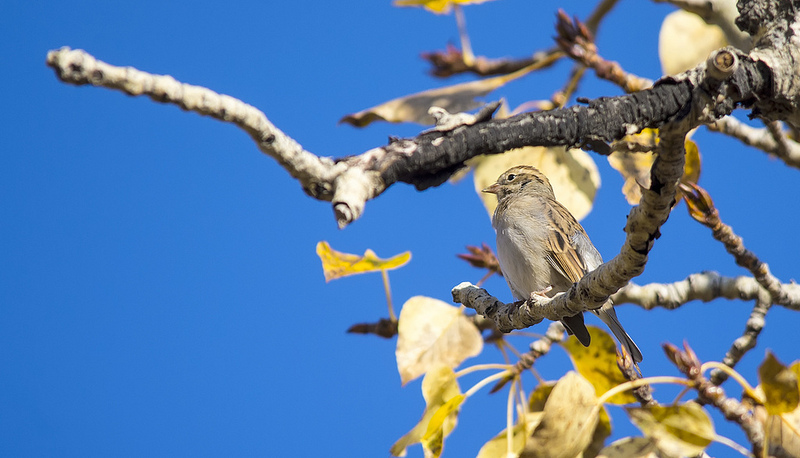
Chipping Sparrow
Pentax K-5 + Sigma 150-500@500mm
1/800sec., ƒ/6.3, ISO 400
It wasn’t too much further up the path that we initially saw this Black-billed Magpie, picking off some thorny buffalo-berries from this tree. It wasn’t until I got home and reviewed my photos that I noticed why it was foraging on the bushes. It appears that this magpie has suffered a fairly severe series of injuries. Its upper mandible has been torn away almost entirely, leaving only a centimeter or so, and there also appears to be some significant loss of feathers around the neck area, though this may be an artifact of the molt pattern typical of corvids. It sat there for a few minutes, nabbing berry after berry, tipping its head back to swallow them, and then continuing up the branch.
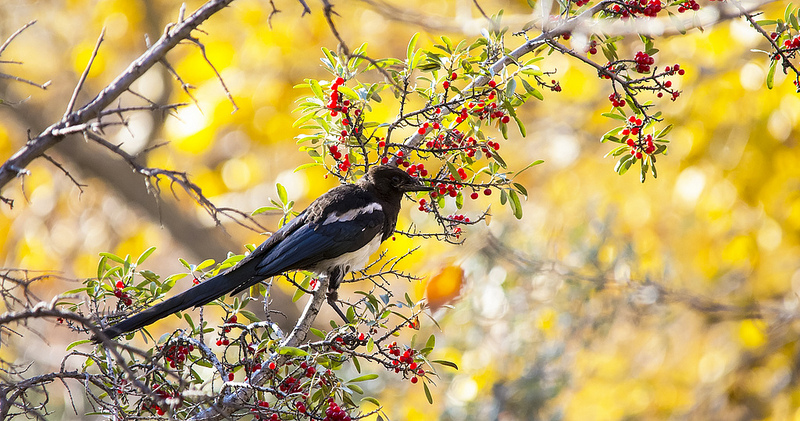
Black-billed Magpie with damaged bill
Pentax K-5 + Sigma 150-500@500mm
1/800sec., ƒ/6.3, ISO 1250
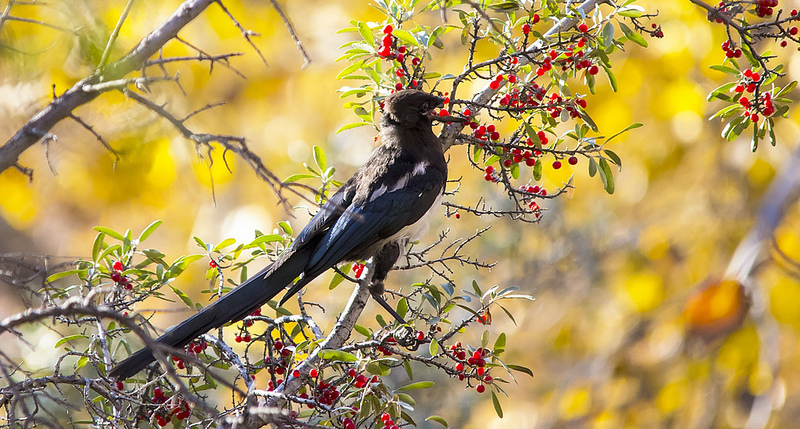
This photo shows the damaged bill a bit better
Black-billed Magpie
Pentax K-5 + Sigma 150-500@500mm
1/800sec., ƒ/6.3, ISO 1600
As we reached the end of the pathway, we turned back to return the way we had come, and as the sun edged over the trees a little more, it really brought out the amazing colors on some of the most common of our winter birds. When you see the iridescence of the head, the bright yellow of the bill, and the contrasting deep orange of the feet of the male Mallard it really is quite the sight.

male Mallard
Pentax K-5 + Sigma 150-500@500mm
1/800sec., ƒ/6.3, ISO 1000
On our return, all the birds disturbed by our first pass had returned, and seemingly, brought along some of their friends as well. This Greater Yellowlegs flushed up soon after we turned back, I suspect moments after it had just become comfortable again after our initial intrusion.
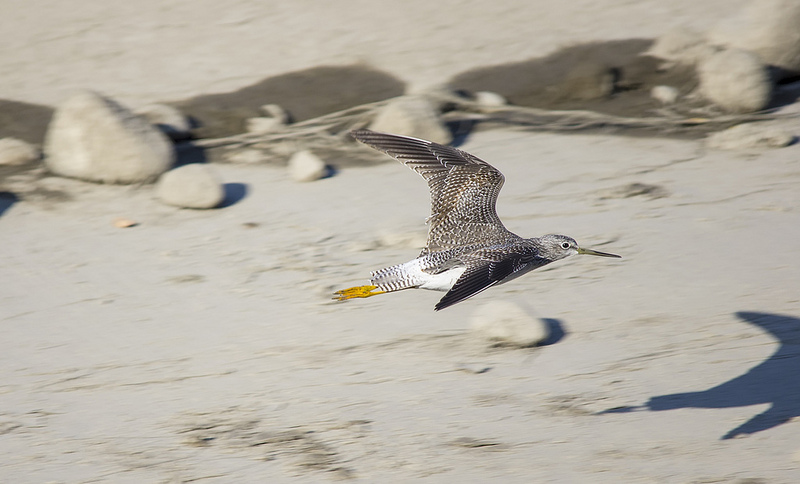
Greater Yellowlegs
Pentax K-5 + Sigma 150-500@500mm
1/640sec., ƒ/6.3, ISO 250
It’s also quite nice to see the Common Mergansers return in the fall. They’re quite a common bird here in the fall, winter, and spring, but they can be a challenge to find in the summer at the height of breeding season.
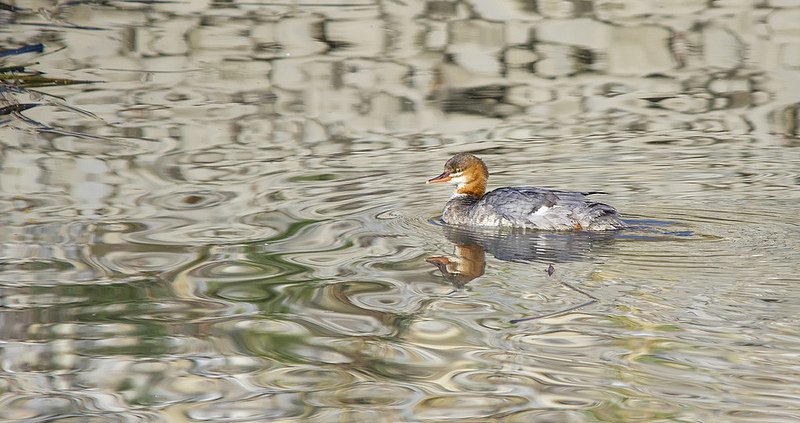
female Common Merganser
Pentax K-5 + Sigma 150-500@500mm
1/800sec., ƒ/6.3, ISO 400
And finally, the ever-present Ring-billed Gulls both young and old were our constant companions on the walk. Soon though, they’ll be heading south for the winter, and strange as it may sound, their presence will be yearned for by February and March, along with hopes of warmer weather to come!
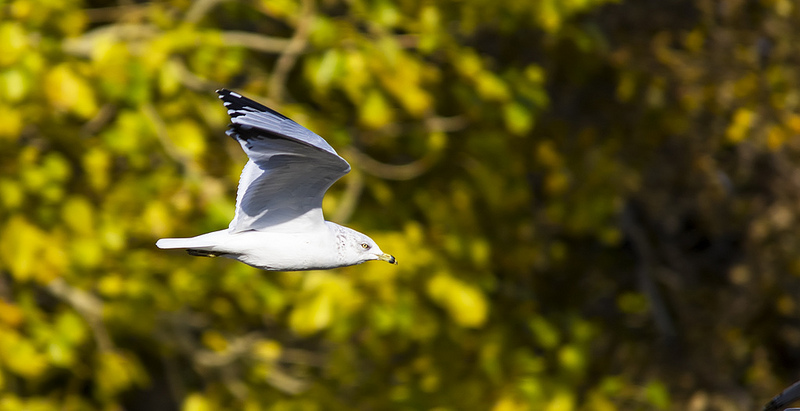
adult Ring-billed Gull
Pentax K-5 + Sigma 150-500@500mm
1/800sec., ƒ/6.3, ISO 200
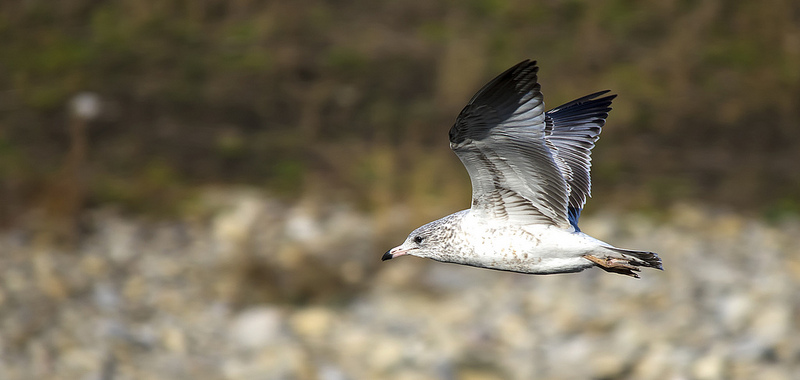
immature Ring-billed Gull
Pentax K-5 + Sigma 150-500@500mm
1/800sec., ƒ/6.3, ISO 160
Thanks again for reading, and good birding!
